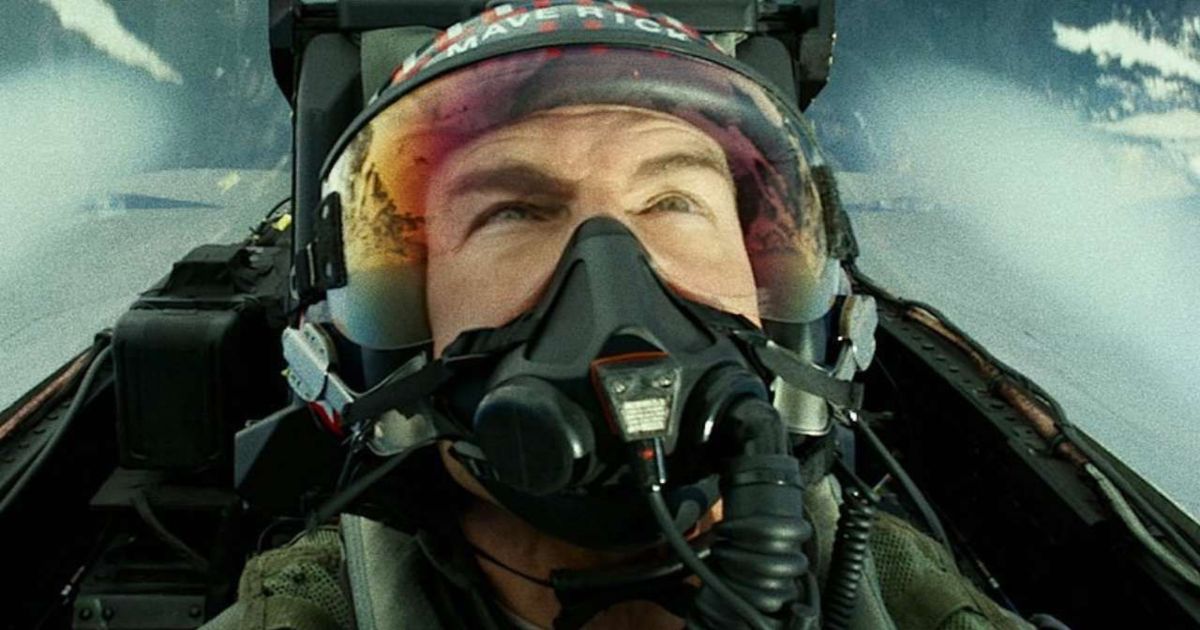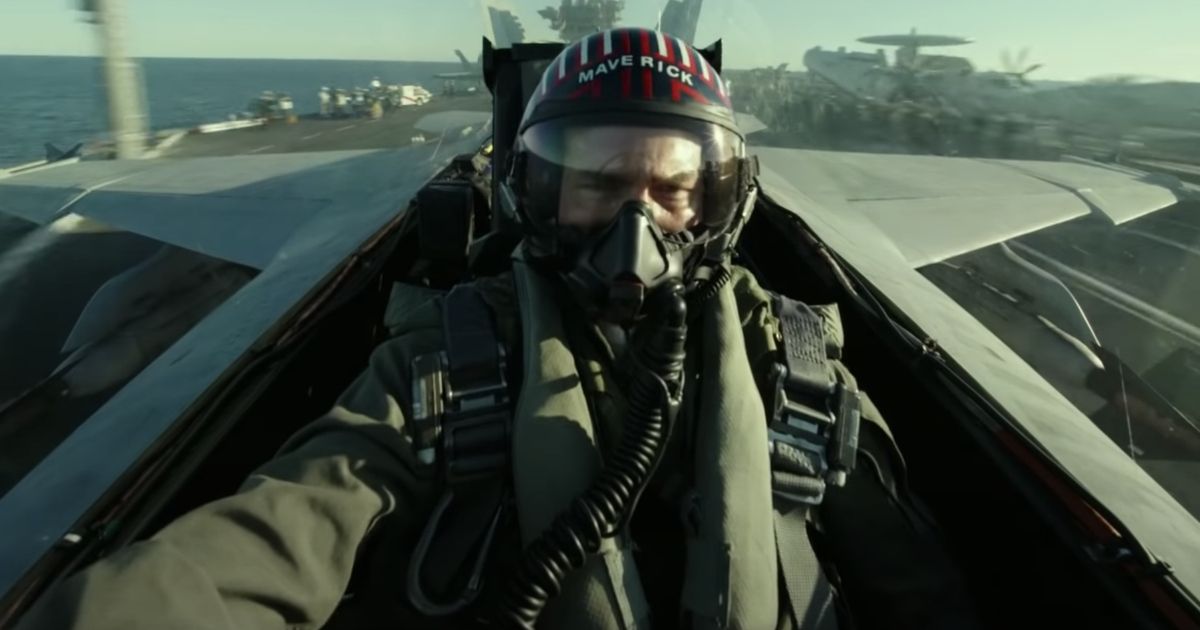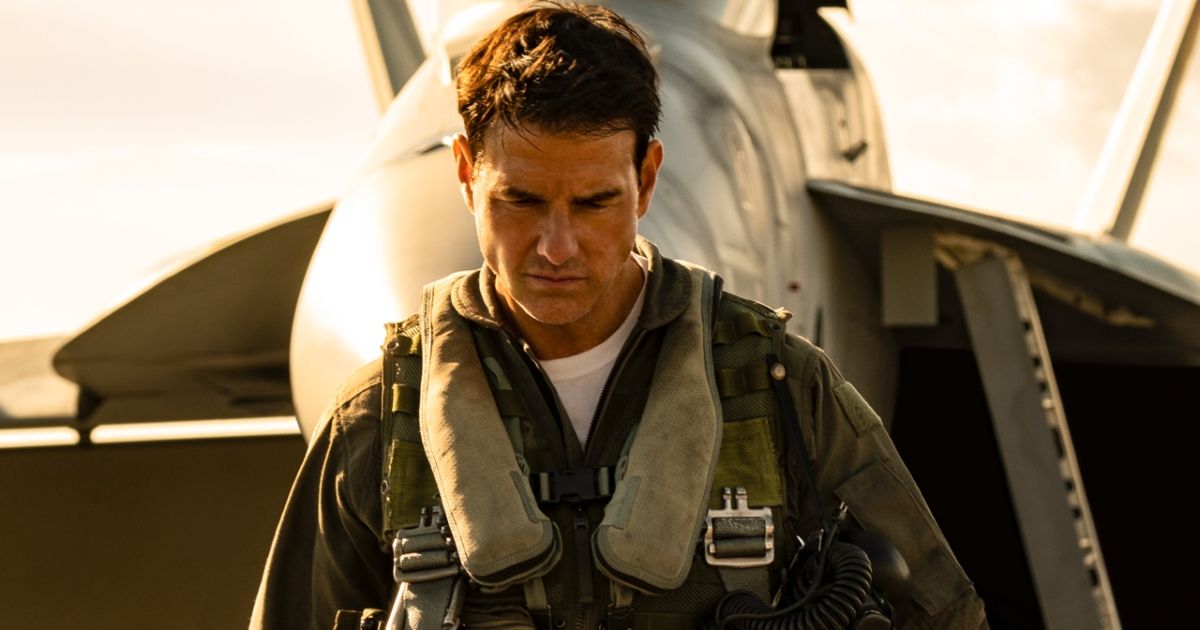Gone are the days of Uncle Sam, sporting the colors and stars of the American flag with his suit and white top hat aggressively summoning you, yes YOU, to join the US Army (or Lord Kitchener, the British equivalent with the ferret-like mustache neatly-pruned on his top lip). This was the kind of marketing that would prompt Jon Hamm’s Don Draper and his Mad Men colleagues to reinvent the way military propaganda is advertised. For one, “propaganda” is a dirty word, forever enshrouded in negative connotations, whether that be to indoctrinate the German population during the Nazi occupation, or in other such wars in years gone by.
Propaganda is essentially now known as marketing, or advertising, something cleaner and less implicit. The marketers have out-marketed themselves — recent modern-day military propaganda isn’t nearly as forceful or direct; instead, the idea of joining the armed services is sold under the promise of a lifelong brotherhood, an unbreakable bond with your fellow compatriots, and often appeals to societal outcasts, the financially impoverished, and the misfits who yearn for belonging and acceptance.
Films have often proved to be an effective marketing tool. It was a common theme in WW2, where movies were exhibited to entire populations to mislead them about their respective country's war effort, to boost morale, increase nationalism, and restore faith in the regime, as if to say, "Your fathers, husbands, and sons are doing just fine, here’s a picture of them smiling in a blood-scorched trench." Some of them are actually great and lauded films, like the Allied forces' In Which We Serve, or the Nazi army's Triumph of the Will. A recent example is Tom Cruise’s record-breaking Top Gun: Maverick, also considered to be a great movie by many people. While it may be news to some that the Top Gun movies are military propaganda, it has become increasingly common knowledge that Joseph Kosinski’s movie utilized intricate mechanisms to clean the army’s reputation, in something one could call “film-washing” …
Film-Washing: Paramount Pictures and the Department of Defense
“Special thanks to the Department of Defense” can commonly be found in a movie’s credits, especially if that film concerns military happenings. This short, seven-word accreditation, as insignificant as it may seem, acts as a cover for something a little more sinister. After a Freedom of Information request was lodged, in Top Gun: Maverick’s case, it was revealed that a deal between Paramount Pictures and the Department of Defense had been struck, whereby the production company was granted access to a long list of Naval equipment, including jets, helicopters, uniforms, and pilots, as well as permission to use naval bases. On paper, that sounds like a canny deal. However, in comparison to what the US military received in return, Paramount and Top Gun certainly got the thin end of the wedge.
The sheer level of authority held by the Department of Defense over the production company and the film’s output is rather perturbing. Scripts are edited and amended at the DoD’s discretion before being approved for production, with the Pentagon’s former Hollywood liaison officer, Phil Strub having quite the acclaimed back-catalog. From having complete control over essentially, hand-picking the cast, with the freedom to accept and reject who they please depending on real military specifications like height, weight, age, and even down to the minutest details like whether they have tattoos and beards.
After Vietnam, and more recently, Iraq, Afghanistan, and air strikes in Syria, neither the US government nor the military has exactly covered themselves in glory. The Johnson, Bush, and Obama administrations were tainted by warfare controversy, and so the military has been left with a long and continuous road to restoring public faith. Both the '80s original and Top Gun: Maverick have been the embodiment of squeaky-clean, US patriotism. The Navy in Kosinski’s movie is depicted as a force for good against evil, the morally principled world leader. The movie is used as a vehicle to power-wash the military’s reputation, reinstating its virgin purity as an upstanding, socially conscious body.
Recruitment Strategy and the Nameless Enemy
At a time when the number of registered pilots in the US is at an all-time low, and the military is seeking a fresh intake of prospective airborne combatants, Top Gun: Maverick provided the perfect answer, in the form of a two-and-a-half-hour long cinematic commercial. What better way to recruit aspiring military pilots than through an action-packed aviation extravaganza? It worked for the original Top Gun — there was a 500% spike in recruitment rates in the year after the film was released.
While elements of risk are always incorporated within war films, the DoD has developed the propensity to omit as much of the bloodshed, and both the horror of war and of piloting a fighter jet, in both Top Gun and Top Gun: Maverick as they possibly can. Instead, unrealistic glamour and adrenaline-amplifying triumph is very much a consistent theme throughout. According to reports, there was a noticeable increase in military pilot applications following this film’s release, too
Creating a nameless enemy, for all its democratic intent, is a transparent attempt at circumventing any real geopolitical conflict, though it is more or less implied that it’s either Russia, China, or Iran; just insert your own enemy. This is a deliberate effort to avoid adding fuel to the fires of these conflicts and is clearly a result of the DoD’s involvement, not to mention an economic ploy. The studio wanted the film to do well overseas, especially in China, which doesn't have a good relationship with Taiwan and Japan, to say the least. Thus, Top Gun: Maverick attempted to scrub all references to those countries by digitally removing their flags from a scene.
Ultimately, all this is just a reminder that Hollywood and the Pentagon are inextricably linked, and that military propaganda is very much alive, well, and kicking.



